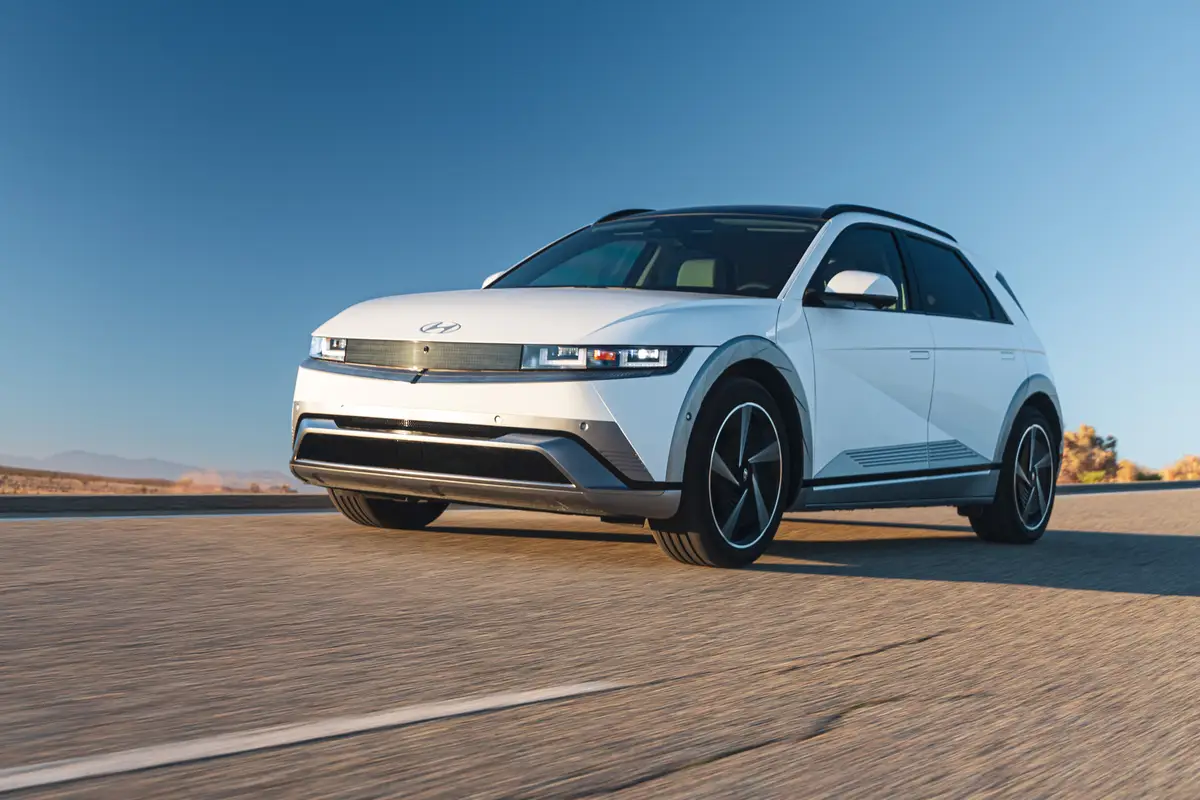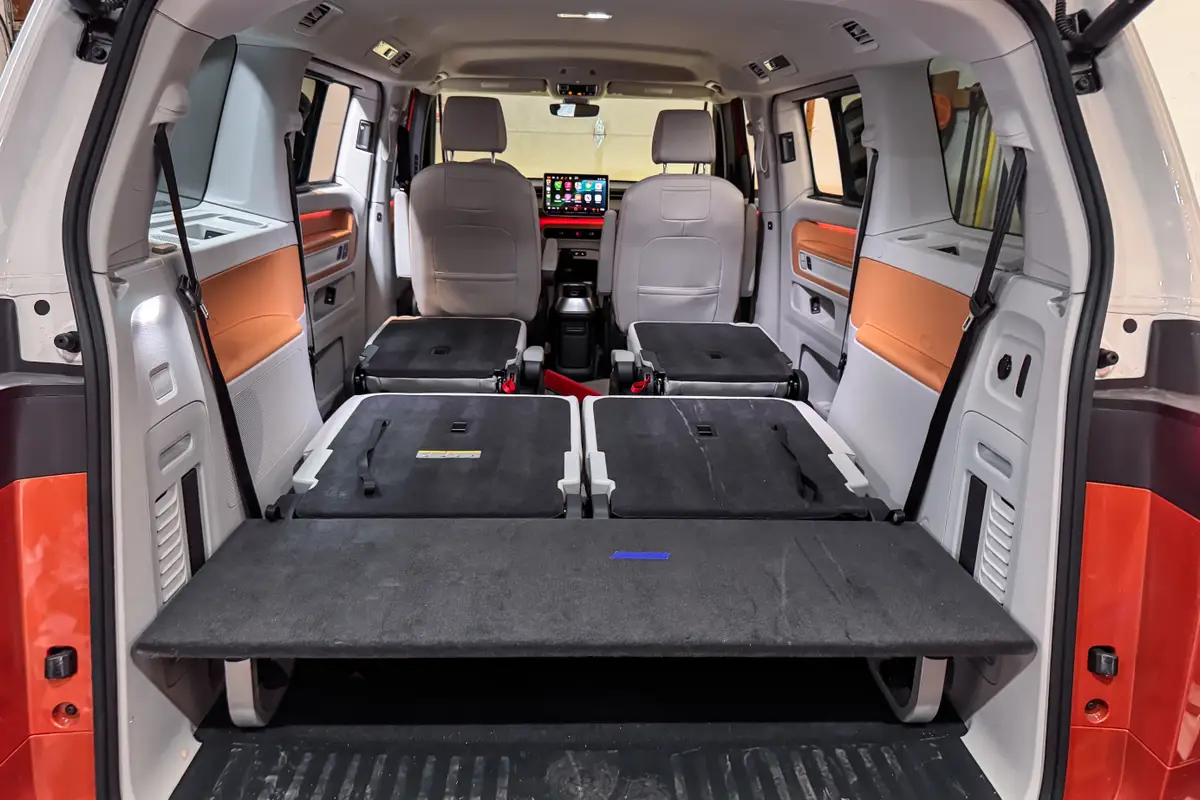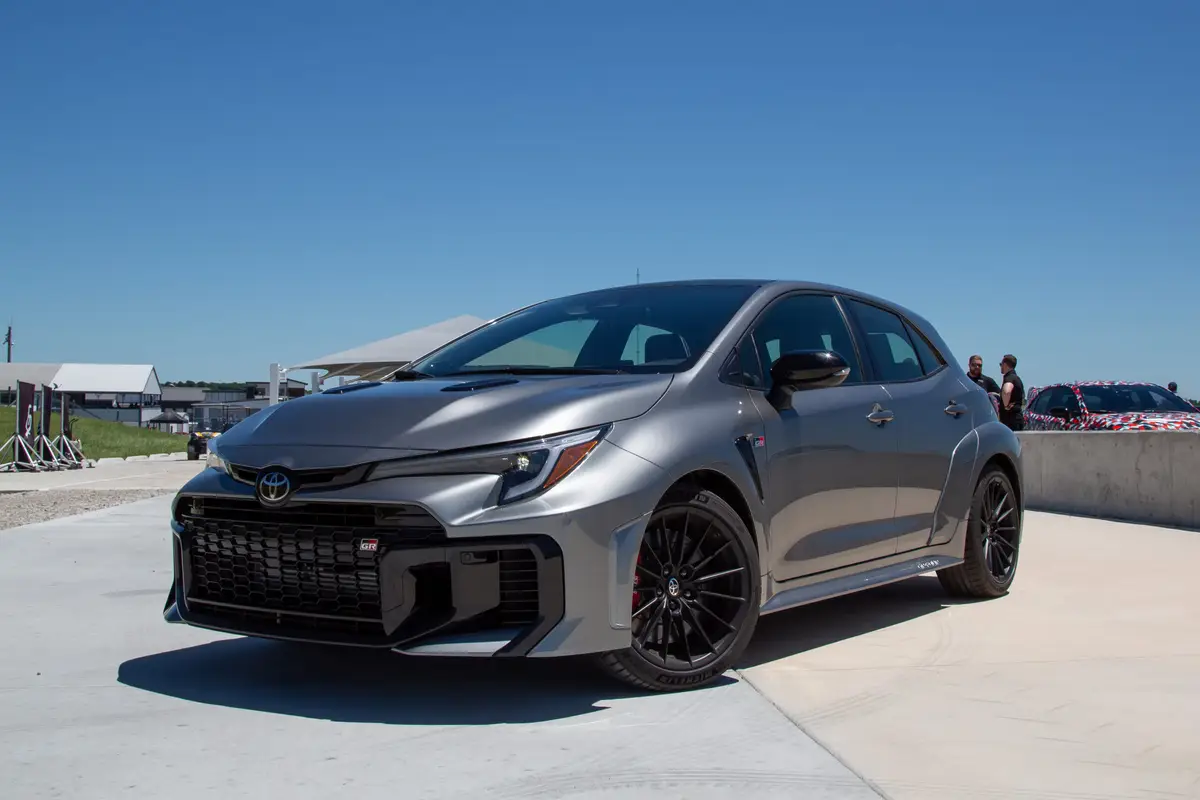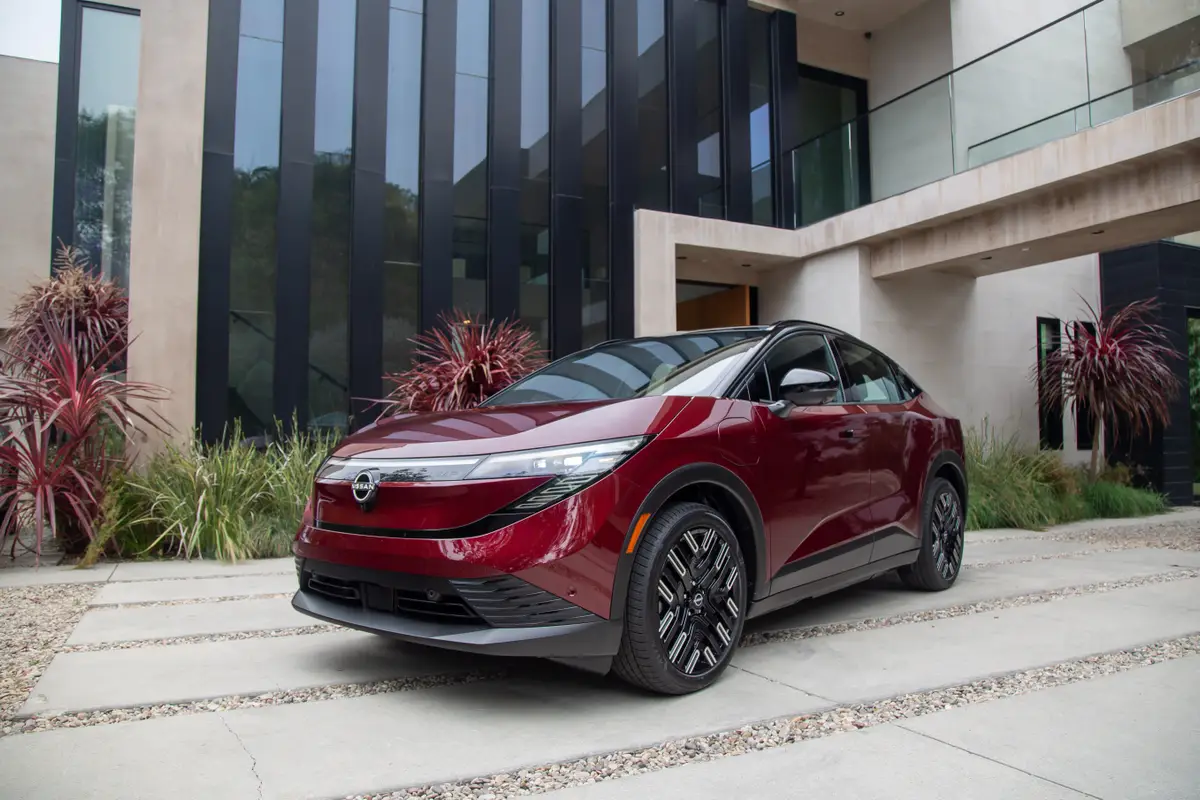These Cars Do Well in Crash Tests for 2025, According to IIHS

The Insurance Institute for Highway Safety is again tightening its crash-test requirements for its coveted Top Safety Pick and Top Safety Pick+ awards, resulting in fewer winners for 2025 than there were last year. Forty-eight vehicles have earned the honors so far, down from 71 at the same time in 2024.
Related: Automakers Respond Quickly to New IIHS Front Crash-Prevention Test
The smaller number is not because vehicles are getting less safe, but because qualifying for the awards is now tougher. IIHS began subjecting vehicles to a more rigorous moderate overlap front crash test in 2022 and has slowly phased it into the requirements for the Top Safety Pick designation over the last couple years. It has now fully replaced the prior test and adjusted the scoring requirements for both awards.
Which Vehicles Earn an IIHS Top Safety Pick Award?
- Acura: Integra, MDX
- Chevrolet: Traverse
- Genesis: G90
- Honda: Civic sedan, Pilot
- Infiniti: QX60
- Lexus: NX
- Rivian: R1T
- Subaru: Ascent, Forester (excluding the Wilderness trim)
- Volvo: XC90 T8 plug-in hybrid (built before December 2024)
Which Vehicles Earn an IIHS Top Safety Pick+ Award?
- Audi: Q7
- BMW: X5
- Ford: Mustang Mach-E
- Genesis: Electrified GV70, GV60, GV70 (built after April 2024), GV80
- Honda: Accord, Civic hatchback, HR-V
- Hyundai: Ioniq 5, Ioniq 6, Kona, Santa Fe (built after November 2024), Tucson
- Infiniti: QX80
- Kia: EV9, Telluride
- Lincoln: Nautilus
- Mazda: CX-30, CX-50, CX-70, CX-70 PHEV, CX-90, CX-90 PHEV, Mazda3 hatchback, Mazda3 sedan
- Mercedes-Benz: C-Class, GLC, GLE-Class (with optional front crash prevention)
- Nissan: Pathfinder
- Rivian: R1S (built after August 2024)
- Subaru: Solterra
- Toyota: Camry, Toyota Tundra crew cab
- Volvo: XC90 (built before December 2024)
Key Takeaways
IIHS notes that SUVs of all sizes and from both mainstream and premium brands account for 28 of the 36 Top Safety Pick+ winners and eight of the 12 second-tier Top Safety Pick honorees. The agency also points out that there are no minivans or small pickup trucks on either list.
“The new emphasis on back seat protection appears to have winnowed minivans and pickups from the winners’ ranks,” IIHS President David Harkey said. “That’s unfortunate, considering that minivans are marketed as family haulers and extended cab and crew cab pickups are often used for that purpose.”
Also worth noting is the exceptional performance of Hyundai (including Kia and Genesis — Hyundai owns a stake in Kia, and Genesis is Hyundai’s luxury arm), which grabs more awards than any other automaker on the list so far this year. Likewise, Mazda, with a much smaller lineup than the Korean conglomerate, receives honors for nearly its entire lineup. Only the Miata, which IIHS has not evaluated, and CX-5, which received a poor rating in the crash-prevention test, did not make the list.
What Are the New Crash-Test Requirements?
For 2025, the moderate overlap crash test is the differentiator between a Top Safety Pick and Top Safety Pick+ award; vehicles that score acceptable in the updated test qualify for the second-tier award, while a good performance is required for the higher honor. The updated moderate overlap front crash test builds on the previous evaluation. As before, the vehicle travels at 40 mph into a barrier with a deformable aluminum honeycomb face that covers 40% of the subject vehicle’s width to simulate the forces in a common head-on collision with both vehicles traveling just below 40 mph. However, whereas the original test only had a dummy in the driver’s seat representing an average American male, the new procedure adds a smaller dummy the size of a small woman or a 12-year-old child in the rear seat directly behind the driver. Relative to the major structural reinforcements necessary to improve protection for front-seat occupants, the changes automakers need to make to protect those in the back seat are simple; for example, to increase the 2024 Tucson’s performance in the updated test, Hyundai simply modified the rear seatbelts.
The rest of IIHS’s testing and scoring procedures are unchanged from last year. IIHS rates vehicle performance in these tests on a four-point scale: poor, marginal, acceptable and good. To qualify as either a Top Safety Pick or a Top Safety Pick+, vehicles must earn good ratings in the small overlap front and side-impact tests, score good or acceptable in an evaluation of front-crash prevention systems, and come standard with headlights that rate good or acceptable.
The small overlap front crash test simulates another common type of accident, in which a vehicle leaves the roadway and strikes a tree or utility pole. In this test, the subject vehicle is also traveling at 40 mph but strikes a rigid barrier that covers 25% of its width on both the driver and passenger sides of the vehicle. In the side-impact test, the stationary subject vehicle is T-boned by a barrier meant to mimic a modern SUV moving at 37 mph.
More From Cars.com:
- IIHS Reports Improvements in Seat Belt Reminders
- New IIHS Crash-Test Metric to Help Assess Risk of Brain Injuries
- IIHS Study Says Partial Automation May Not Prevent Crashes
- More Safety News
- Find Your Next Car
Related Video:
Cars.com’s Editorial department is your source for automotive news and reviews. In line with Cars.com’s long-standing ethics policy, editors and reviewers don’t accept gifts or free trips from automakers. The Editorial department is independent of Cars.com’s advertising, sales and sponsored content departments.
Featured stories




